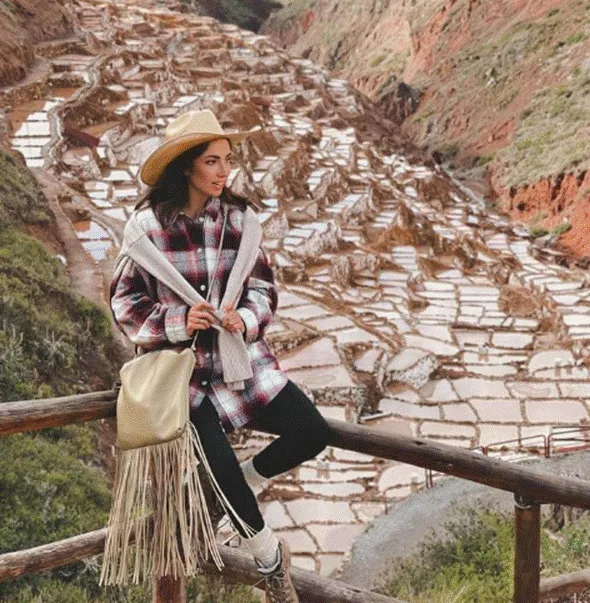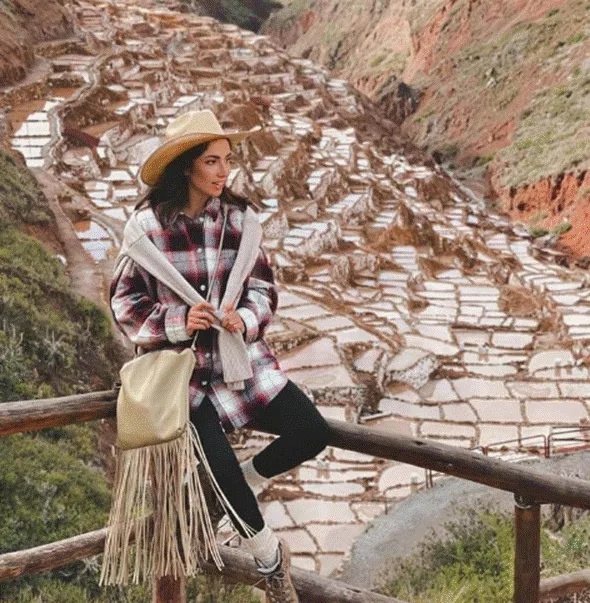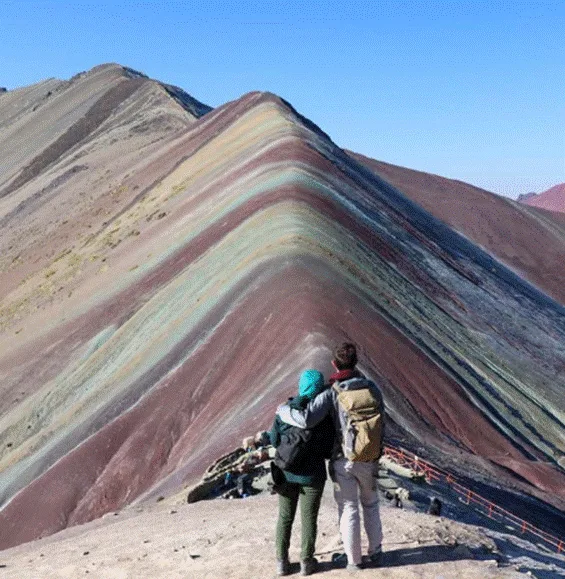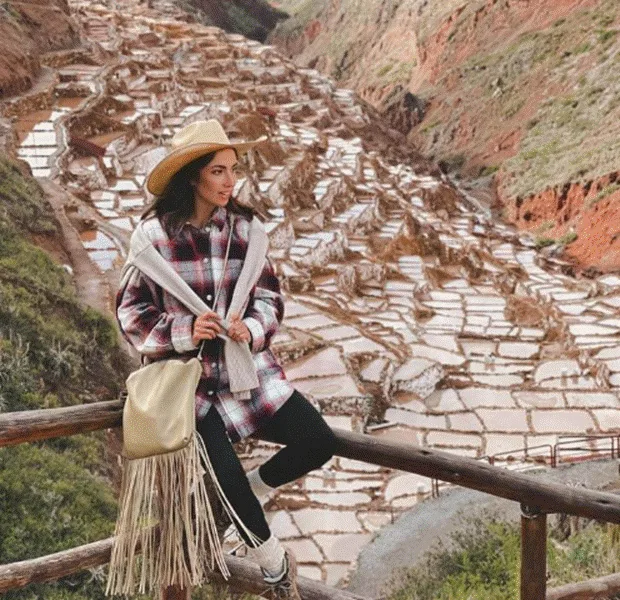3 Reasons to Visit the Q’eswachaka Inca Bridge
Nestled in the heart of the Andes, the Q’eswachaka Inca Bridge is a remarkable testament to the ingenuity and culture of the ancient Inca civilization. This handwoven suspension bridge, made entirely of natural fibers, stretches across the Apurímac River and has been reconstructed annually by local communities for over 500 years. Visiting this site is not just about seeing a bridge—it’s about witnessing living history, cultural pride, and one of the most unique engineering marvels in the world. Here are the top reasons you should make the journey to Q’eswachaka.
1. A Rare Connection to the Inca Legacy
The Q’eswachaka Bridge is one of the last remaining Inca-era suspension bridges, showcasing the architectural genius of this ancient civilization. Built using a method passed down through generations, this bridge represents the Incas’ understanding of engineering, sustainability, and communal effort. Visiting Q’eswachaka feels like stepping back in time, offering a tangible connection to Peru’s rich history.

2. Witness a Unique Annual Tradition
Every June, four local Quechua-speaking communities gather to rebuild the bridge using traditional techniques and ichu grass, a durable Andean plant. This 4-day event, accompanied by ceremonies, music, and feasting, has been recognized as an Intangible Cultural Heritage by UNESCO. Watching this communal act is a profound experience, demonstrating how cultural practices survive in modern times.
3. Breathtaking Scenery
The bridge is set against a dramatic backdrop of the Andean landscape, with the Apurímac River cutting through deep canyons. Whether visiting in the dry season with clear skies or the lush green period after the rains, the stunning natural surroundings make for incredible photo opportunities and an unforgettable experience.
4. Adventure and Adrenaline
Walking across the Q’eswachaka Bridge is not for the faint-hearted! This suspension bridge sways underfoot, offering a thrilling crossing experience. The fact that it’s entirely made of handwoven grass adds an extra layer of awe and excitement. The trek down to the bridge is also an adventure, allowing you to explore the rugged Andean terrain.
5. A Glimpse into Quechua Culture
Visiting the Q’eswachaka Bridge is an opportunity to learn about Quechua traditions and community values. The bridge-building process involves cooperation, respect for nature, and the preservation of knowledge. Local guides often share stories about the bridge’s history and spiritual significance, deepening your understanding of Andean culture.
6. Accessibility and Day-Trip Convenience
The Q’eswachaka Bridge is located about 3–4 hours from Cusco, making it an excellent day trip for those seeking an off-the-beaten-path experience. Tour operators offer guided trips to the bridge, often including stops at nearby lakes, villages, and archaeological sites, providing a well-rounded exploration of the region.
7. Sustainable and Responsible Tourism
Unlike other heavily trafficked sites, Q’eswachaka remains a relatively quiet and untouched destination. Visiting this location supports local communities who maintain the bridge and share their traditions with travelers. This kind of sustainable tourism helps preserve the bridge and its cultural importance for future generations.
FAQs About the Q’eswachaka Inca Bridge
1. What is the Q’eswachaka Inca Bridge?
The Q’eswachaka Bridge is a suspension bridge made entirely of natural fibers, specifically ichu (a type of Andean grass). It’s an annual reconstruction that follows ancient Inca techniques, making it one of the last remaining examples of living Inca engineering.
2. Where is the Q’eswachaka Bridge located?
The bridge is located in the Canas Province of Cusco, spanning the Apurímac River. It’s approximately a 3 to 4 hour drive from the city of Cusco.
3. When is the best time to visit?
The best time to visit is in June during the annual bridge reconstruction ceremony. However, the bridge is open year-round and can be visited at any time.
4. What makes the Q’eswachaka Bridge unique?
This bridge is not only a remarkable piece of engineering but also a living testament to Inca culture. It has been recognized by UNESCO as Intangible Cultural Heritage of Humanity due to the traditional methods used in its annual reconstruction by local communities.
5. Is it safe to cross the bridge?
Though it may feel intimidating because it swings slightly, the bridge is regularly maintained and considered safe for visitors. Its annual reconstruction ensures its stability.
6. Can I visit the bridge in a single day from Cusco?
Yes, it’s possible to visit the bridge on a day trip from Cusco. Many tour operators offer excursions that include transportation and a guide.
7. What else can I visit near the bridge?
Nearby, you can explore the “Four Lakes Circuit” (Pomacanchi, Acopia, Asnaqocha, and Pampamarca), as well as small Andean villages rich in culture and traditions.
8. How can I reach the bridge on my own?
If you prefer not to join a tour, you can rent a car or take public transportation to nearby villages and then walk to the bridge. However, hiring a local guide is recommended for a more enriching experience.
9. Why is the bridge reconstructed annually?
The annual reconstruction isn’t just for safety—since ichu deteriorates over time—but also as a cultural tradition that strengthens community bonds and preserves ancestral knowledge.
10. Does visiting the bridge support sustainable tourism?
Yes, visiting the bridge helps sustain local communities, as a significant portion of tourism revenue is reinvested in maintaining the bridge and preserving cultural traditions.







